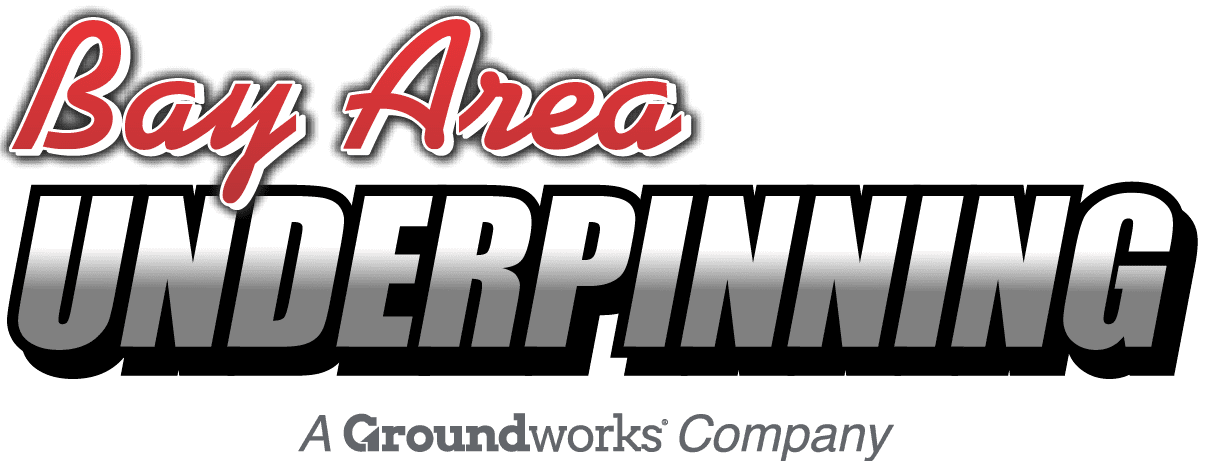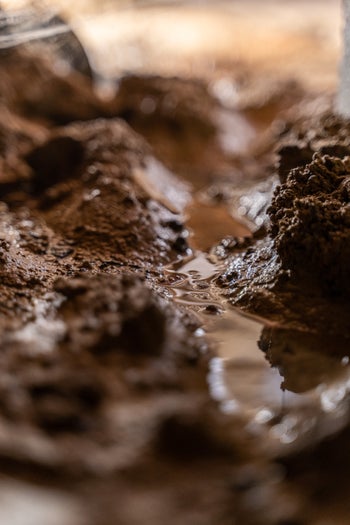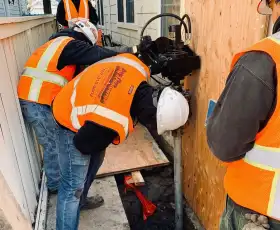What Are Push Piers And How Do They Work?
Table of Contents
1. What Is Differential Settlement?
2. What Are Push Piers?
3. Push Piers Foundation Repair: How Are Push Piers Installed?
4. Push Piers – A Job for the Pros
5. Common Causes Of Foundation Problems
6. How You Can Prevent Foundation Problems
Foundation damage is common throughout Northern California, and there are many ways to repair these issues. One popular foundation repair method involves installing push piers underneath a home’s foundation.
If you’re looking for information about push piers and how they work, don’t hit that back button because you’ve landed on the right page. This article explains what push piers are, how they’re installed, their benefits, and more.
However, before we talk about push piers, we need to talk about a phenomenon called differential settlement.

What Is Differential Settlement?
Differential settlement is when a foundation settles into the soil unevenly.
Now, all structures will sink slightly into the ground after they are built. This isn’t a problem as long as the settlement is uniform. In fact, you can even expect it. The problems arise when the foundation settles into the soil unevenly. This is called differential settlement. For more information, see our page about Foundation Settlement.
Differential settlement puts a lot of stress on a foundation because it causes everything to be out of plumb. If your house is experiencing differential settlement, you’ll see symptoms like:
- Cracks in walls, ceilings, or floors
- Drywall cracks or nail pops
- Uneven floors
- Gaps around doors and windows
- Sticking doors and windows
- Stair-step cracks in brick or masonry
Fortunately, differential settlement can be repaired, and the most common repair method is underpinning with push piers.
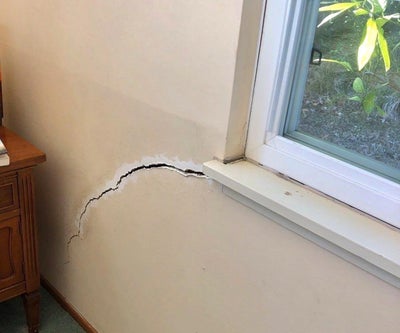
What Are Push Piers?
Push piers are the most common repair method for foundations experiencing differential settlement. These hollow steel pipes are driven into the ground underneath the foundation using a hydraulic ram and the structure’s weight until they reach soil that adequately supports the foundation.
Underpinning using push piers is a minimally invasive process. It doesn’t require large equipment or much space for installation. All the equipment is handheld. Other names for push piers include resistance piers, push piles, and hydraulic push piers.
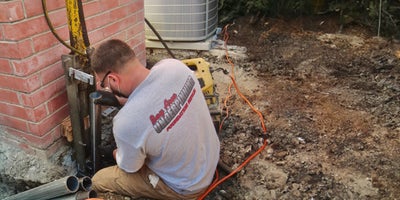
Push Piers Foundation Repair: How Are Push Piers Installed?
The push pier installation process is as follows:
- First, the structure and foundation are analyzed to determine how many push piers are necessary for repairs. Elevations are taken around the flooring of the home or building using a “Zip Level,” and crawl spaces are inspected during the foundation inspection.
- The project coordinator will then come out to mark the areas around the structure where the piers will be installed.
- The soil is excavated down to the foundation’s footer in those areas where the piers must be mounted and installed.
- Steel brackets are attached to the footer, and the push piers (pipe) are driven through the brackets using the building’s weight and a hydraulic ram. The piers usually go down to around 25 feet and, in some cases, 60 ft. (Every foundation repair project is case by case with how far the pipe will go under reaching load-bearing strata).
- The brackets are attached to the piers, and the entire structure is raised via a hydraulic lifting system to maximum practical recovery.
- If there’s a void created under the foundation after raising it, this can be filled with polyurethane foam created by earth-to-slab contact. If the home has a crawl space and has support posts that need to be adjusted as the perimeter is lifted, we will install galvanized steel screw jacks to make those adjustments as needed. Ultimately leveling out the flooring with the foundation lift.
- Finally, after the foundation is lifted and stabilized, the excavated soil is backfilled, and any landscaping or concrete is replaced based on the scope of work.
Here’s what the process looks like:
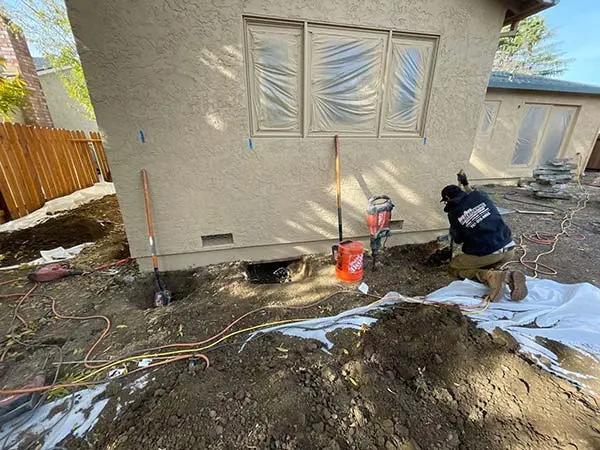
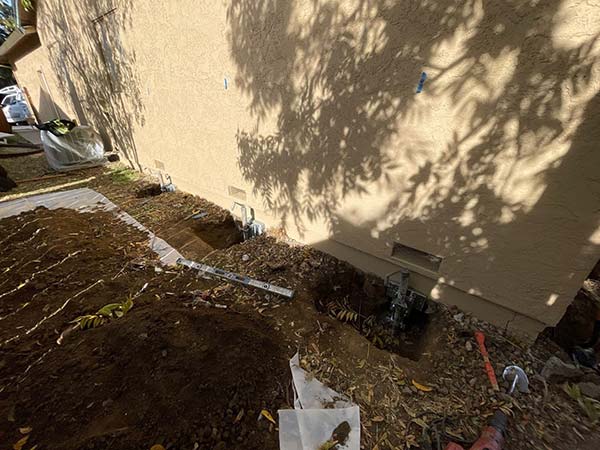
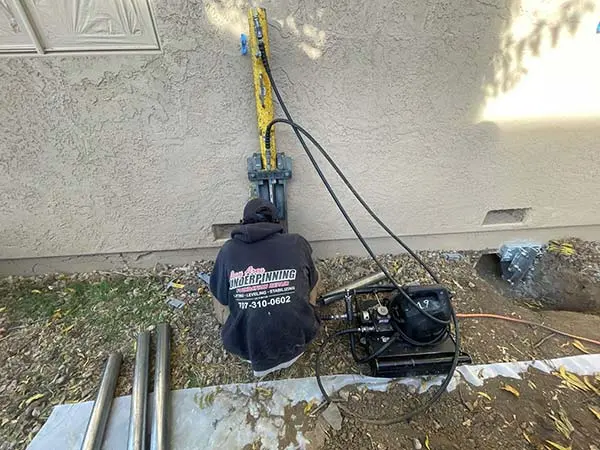
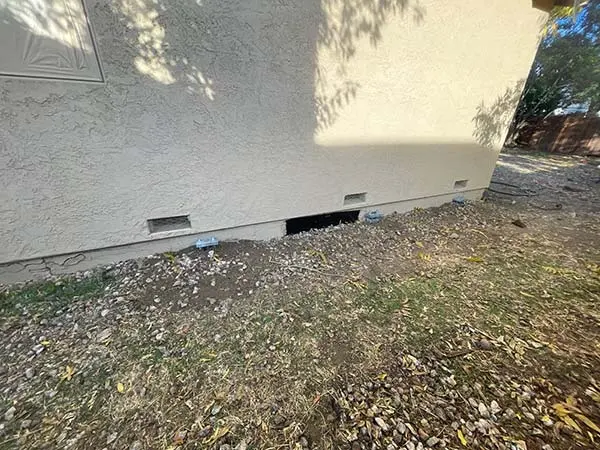
Push Piers – A Job for the Pros
Push piers are a permanent foundation solution, and installation is quick and minimally invasive. However, to use push piers, the structure needs to be heavy enough to push the piers into the ground. In some cases, a structure’s foundation may be a light load and not require push piers but may require helical piers to support the foundation. At Bay Area Underpinning, we always provide the best solution for your foundation repairs.
Common Causes Of Foundation Problems
We discussed differential settlement above. Let’s take a deeper look at how differential settlement happens. The most common causes of foundation problems include the following:
- Poor drainage – Excess moisture in the soil that can’t drain off is probably the leading cause of foundation trouble.
- Expansive soil – Expansive soil contains a lot of clay. Because of this, it expands as it soaks up moisture and shrinks when it releases moisture and dries out. This creates movement under the foundation leading to differential settlement and structural damage.
- Soil that wasn’t adequately prepped before construction – Soil needs to be correctly tamped down before construction starts. If this doesn’t happen, the structure will settle into the soil unevenly after it’s built.
- Excavation next to the foundation – If you dig too close to a foundation, it could destabilize the foundation and lead to differential settlement.
- Weather changes – An example would be building a house on expansive soil during the dry season. When the wet season rolls around again, the soil expands, and this could cause settlement.
- Earthquakes and other natural disasters – We probably don’t need to explain this one.
How You Can Prevent Foundation Problems
Because the root cause of a foundation problem is excess moisture in the soil around the foundation, you can do a lot to prevent foundation problems by simply controlling groundwater around the foundation. Some ways you can do that include the following:
- Install a drain tile system – When it comes to controlling groundwater around a foundation, nothing beats a drain tile system. A drain tile system prevents water from building up in the soil around the foundation.
- Keep your gutters debris-free – Clogged gutters can result in water spilling over the side of the house and soaking the soil next to the foundation.
- Regrade your yard, if necessary – Your yard should slope away from the house so that water in the soil doesn’t drain toward and pool around the foundation.
- Use downspout extensions – Downspouts should never release runoff next to the foundation. Extensions will channel it away from the foundation before releasing it.
- Keep flowers, shrubs, and other types of vegetation away from the foundation – They need water, which is the last thing you want to add to the soil around the foundation.
If you think your home might have a foundation problem, don’t hesitate to contact Bay Area Underpinning to schedule a free foundation inspection. If we find a problem, we’ll provide you with a no-obligation estimate on customized repair solutions.
More Resources
Publish Date:
Last Modified Date:
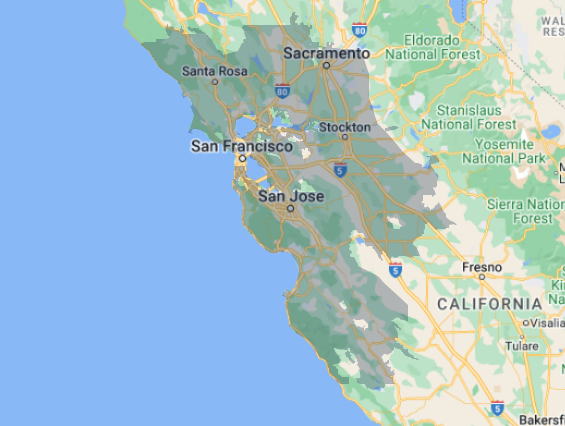
Our Locations
2333 Courage Dr. Suite C
Fairfield, CA 94533
1161 N Fair Oaks Ave
Sunnyvale, CA 94089
